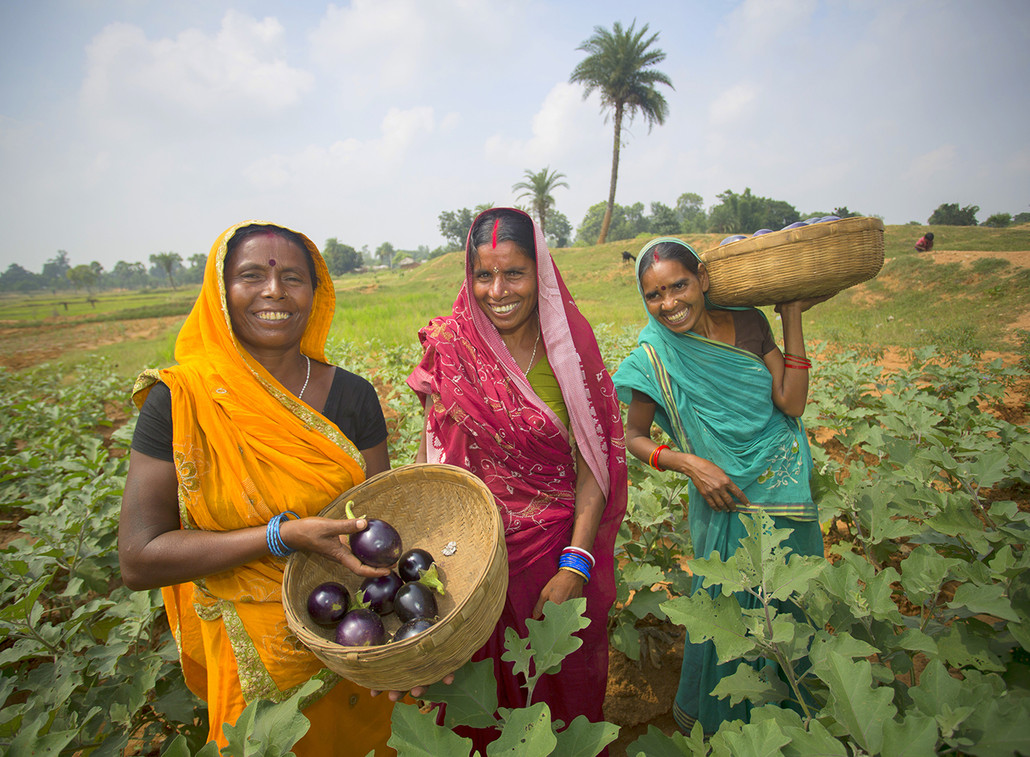Posted by Caribbean House Team on Mar 5th 2021
India's Influence on Caribbean Cuisine
When you try West Indian cuisine that specializes in Caribbean ingredients, you will be astonished to taste the resemblance of East Indian flavors. Now by mentioning Indian cuisine you might think of Chicken Tikka Masala, flatbreads, Chana Puries. Many of these dishes can also be found in Caribbean cooking, especially Jamaica and Trinidadian, using similar ingredients and techniques but with their influence in the dish. This might be surprising but in reality, it’s not, during the 19th century after the end of slavery, the British Empire needed people to work on the plantations, the fields of the Caribbean. After the abolishment, they still needed this workforce, so they brought a workforce from India under a system called indentureship. These individuals brought their culture and food to the Caribbean, adding another layer to the Caribbean Creole cuisine we know today. They brought with them their culture and their customs, but they couldn't always get the same ingredients as they could back in India. They had to work on what they had in the Caribbean, that's why you'll find that the food is similar in name but the ingredients and the taste are a bit different.
Although Trinidadian combines elements of different Chinese, European, Middle Eastern culture, curry, and many other Indian dishes have become a symbol of their cuisine’s identity. Most indo- Trinidadians came from north-east and central India, explaining the origins of certain indo-Trinidadian foods. Like Roti comes from the Hindi word meaning, “bread,” which is prepared from whole wheat flour but Trinidadian roti is more than wheat and water. It’s more of a Paratha, ( another Indian flatbread) but broken into pieces. For these Indian immigrants, the substitution of ingredients was necessary. Although they were provided with rations of dal ‘pulses’ rice, coconut or mustard oil, turmeric, sugar and salt, and even onions. But ingredients as mint leaves, curry leaves, and coriander were not grown locally. Even the chilies, the laborers had to cook, using scotch bonnet which gives a distinct nutty taste, and for the coriander, they found their substitute called shado-beni (cilantro) that grows wild in drainage ditches.
Indians have introduced their spice mixtures, cumin, gram masala (a spice blend without chilly and turmeric), fenugreek seeds to the Caribbean country. In 1956 a Sikh founded ‘Turban Brands’ an authentic Indian curry powder, giving the culture a distinct flavor to their cuisine in a commercialized way. With Only 2.7 million Indian populations, Jamaica has been influenced by the Indian flavors, to give out its amalgamated touch to the food. Jamaicans serve curry goat, with roti and Callaloo on festive occasions. They cook the curry with an Indian spice blend and scotch bonnet pepper with coconut milk. Many vegetables as eggplants and okra were introduced to Jamaican cuisine. Pilaf (cooked-up rice) another popular dish was fusionised with Caribbean food, but not to forget Indians were the first group to grow rice in Jamaica, establishing the island's first successful rice mill in the 1890s.
Caribbean’s were introduced with roti, Chana, Goat curry and other Indian dished to blend with their flavors, by 19th-century Indian workers, faithfully recreating favorite dishes in their new Caribbean homes.




